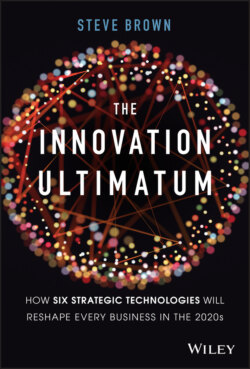Читать книгу The Innovation Ultimatum - Steve Brown - Страница 34
Better-Informed Decision-Making
ОглавлениеBusiness analytics refine data to offer all manner of insights. Some use statistical techniques, some use heuristics, and many now leverage the power of AI to find associations in data, extract insights, and make recommendations. Intelligent decision support systems use such analytics to support data-driven decision-making. Credit agencies like Experian and credit card companies including American Express use machine learning to boost the speed and accuracy of credit approvals by crunching terabytes of consumer data. Some Customer Relationship Management (CRM) platforms use AI to intelligently prioritize leads. AI is used to guide recruitment decisions, spending decisions, investment decisions, purchase decisions, marketing decisions, design decisions, engineering decisions, and much more.
Mortgage companies use AI to assess loan risk and guide underwriting decisions. Underwriters make the near-Shakespearean decision of “to loan, or not to loan” with risk models built on historical data. An underwriter assesses risk using 10 to 15 data points about a prospective borrower: salary, credit score, debt-to-earnings ratio, and so on. Based on this assessment, the underwriter either gives the thumbs up or thumbs down. Limited data doesn't provide a full picture of a person's ability to repay a loan. There's more to a person than 10 to 15 data points. Underwriters use this narrow data set to limit complexity and manage their workload. An underwriting AI considers hundreds of data points about a person and finds complex associations that create a more nuanced picture of a prospective borrower. Zest Finance and Underwriter.ai claim their underwriting AIs find low-risk loan candidates who don't qualify with a traditional underwriting approach. The upside for mortgage companies: they sell more loans without increasing their risk.
